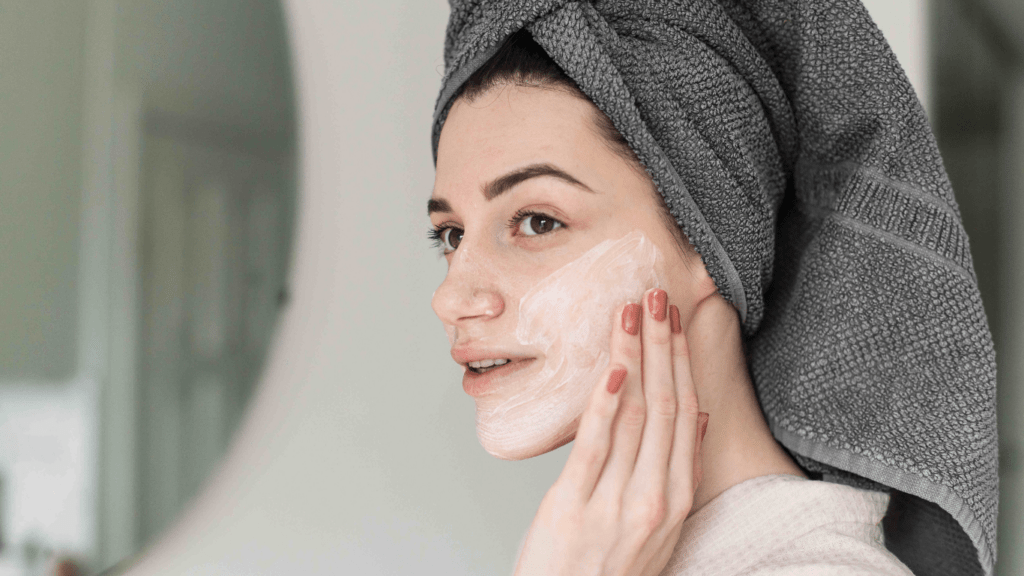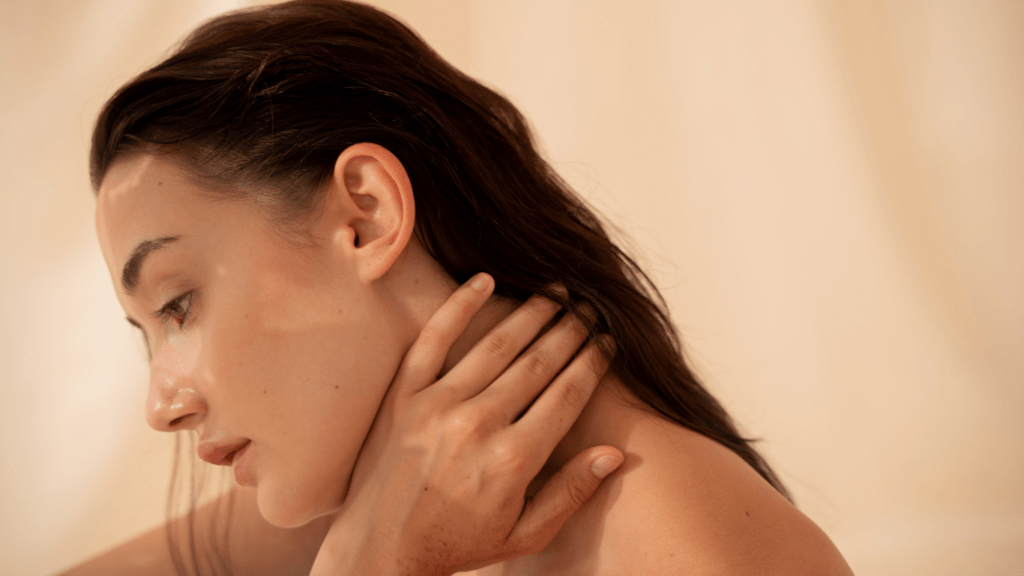The Importance of Time-Specific Skincare
Understanding the importance of tailoring skincare routines to specific times of the day can significantly impact skin health and appearance. Morning routines aim to protect the skin from daily environmental factors, including UV rays and pollution. For example, applying a broad-spectrum sunscreen with an SPF of at least 30 helps shield the skin from harmful UV exposure.
Night routines focus on repair and rejuvenation. Skin undergoes natural repair processes during sleep, making nighttime an ideal opportunity to use products that support this function. Retinol, for instance, enhances cell turnover and reduces signs of aging.
Morning and night routines serve distinct purposes. Morning routines protect the skin, essential for preventing long-term damage. On the other hand, night routines repair and nourish, critical for maintaining skin’s resilience and vitality. Effective skincare depends on recognizing these differences and adapting routines accordingly.
Morning Skincare Routine Essentials
Morning skincare routines center on protecting the skin from environmental stressors. Using the right products and techniques is crucial to maintain a healthy complexion throughout the day.
Cleansing
Cleansing the skin in the morning removes any:
- oils
- sweat
- residue
accumulated overnight. I prefer a gentle, sulfate-free cleanser to prevent stripping the skin of its natural moisture. Using lukewarm water helps maintain skin balance. Examples include foaming cleansers for oily skin and cream-based cleansers for dry skin.
Hydration
Hydration is key to plump, glowing skin. After cleansing, I apply a lightweight, hyaluronic acid-based moisturizer to lock in moisture. Hyaluronic acid attracts water, keeping the skin hydrated without clogging pores. If you have combination skin, use a gel-based moisturizer for light hydration.
Sun Protection
Sun protection is non-negotiable. I use a broad-spectrum sunscreen with SPF 30 or higher to shield my skin from UV rays. Applying it generously on all exposed areas ensures maximum protection. Sunscreens with zinc oxide or titanium dioxide offer physical barriers against UV radiation.
Night Skincare Routine Essentials

A night skincare routine focuses on repairing and rejuvenating the skin after a long day. Different steps are crucial to ensure the skin receives necessary nutrients for overnight recovery.
Makeup Removal
Removing makeup is the first step in any night skincare routine. Use an oil-based cleanser or micellar water to effectively dissolve makeup and impurities, including waterproof products. Makeup removal ensures the skin and pores are clean, allowing other products to penetrate effectively.
Deep Cleansing
Following makeup removal, deep cleansing purifies the skin further. Choose a gentle sulfate-free cleanser to eliminate any remaining dirt, oil, and makeup residue. Double cleansing, starting with an oil-based cleanser followed by a water-based one, enhances the removal of impurities.
Night Serums and Moisturizers
Serums and moisturizers designed for nighttime use are essential to nourish and restore the skin. Retinol-based serums boost cell turnover and target signs of aging. Hydrating serums with hyaluronic acid help retain moisture. Use a richer moisturizer at night to keep the skin hydrated and support the skin’s repair process.
Comparing Active Ingredients
Skincare routines thrive on the ingredients used. Certain active ingredients suit morning routines, while others shine at night.
Morning-Specific Ingredients
- Vitamin C: Antioxidant that brightens the skin.
- Hyaluronic Acid: Hydrator that maintains skin moisture.
- Niacinamide: Reduces inflammation and controls oil production.
- Broad-Spectrum Sunscreen (SPF 30+): Shields the skin from UV rays.
- Retinol: Promotes cell turnover and reduces fine lines.
- Peptides: Strengthens skin and boosts collagen production.
- Glycolic Acid: Exfoliates and improves skin texture.
- Ceramides: Restores the skin barrier and locks in moisture.
Customizing Your Routine for Your Skin Type
Different skin types require unique approaches to morning and night routines. Adapting your skincare regimen ensures optimal results.
Oily Skin
Selecting the right products for oily skin helps control excess oil and prevent breakouts. In the morning, I use a foaming cleanser to eliminate overnight oil buildup without stripping the skin. Toners with salicylic acid follow to unclog pores and reduce inflammation. I prefer oil-free, mattifying moisturizers to maintain hydration while avoiding shine.
At night, I start with an oil-based cleanser to remove makeup and impurities, followed by a gentle foaming cleanser. Serums containing niacinamide and retinol help regulate sebum production and promote cell turnover. Lightweight, non-comedogenic moisturizers keep the skin hydrated without clogging pores.
Dry Skin
For dry skin, hydration is crucial throughout the day. My morning routine starts with a creamy, hydrating cleanser to preserve natural oils. Hyaluronic acid serums and rich, emollient moisturizers lock in moisture. I always use a broad-spectrum sunscreen with added hydrating ingredients to protect and nourish.
Nighttime care involves a gentle, non-foaming cleanser to avoid stripping the skin of its natural oils. I apply a hydrating toner followed by a serum with hyaluronic acid or squalane. Intensive night creams containing ceramides and peptides support skin hydration and repair.
Combination Skin
Combination skin needs balanced care to address both oily and dry areas. I use a gel-based cleanser that cleanses without over-drying. Balancing toners with niacinamide help manage oil production and hydrate dry patches. Lightweight moisturizers keep the skin balanced without adding excess oil.
In the evening, I double-cleanse with an oil-based cleanser followed by a gel or foam cleanser. Targeted treatments with ingredients like glycolic acid for exfoliation and retinol for cell turnover work well. I use a non-comedogenic moisturizer that’s lightweight yet hydrating to cater to both skin types.
Customizing your skincare routine based on your skin type ensures it gets the specific care it needs at different times of the day. This approach helps maintain a healthy, balanced complexion.





